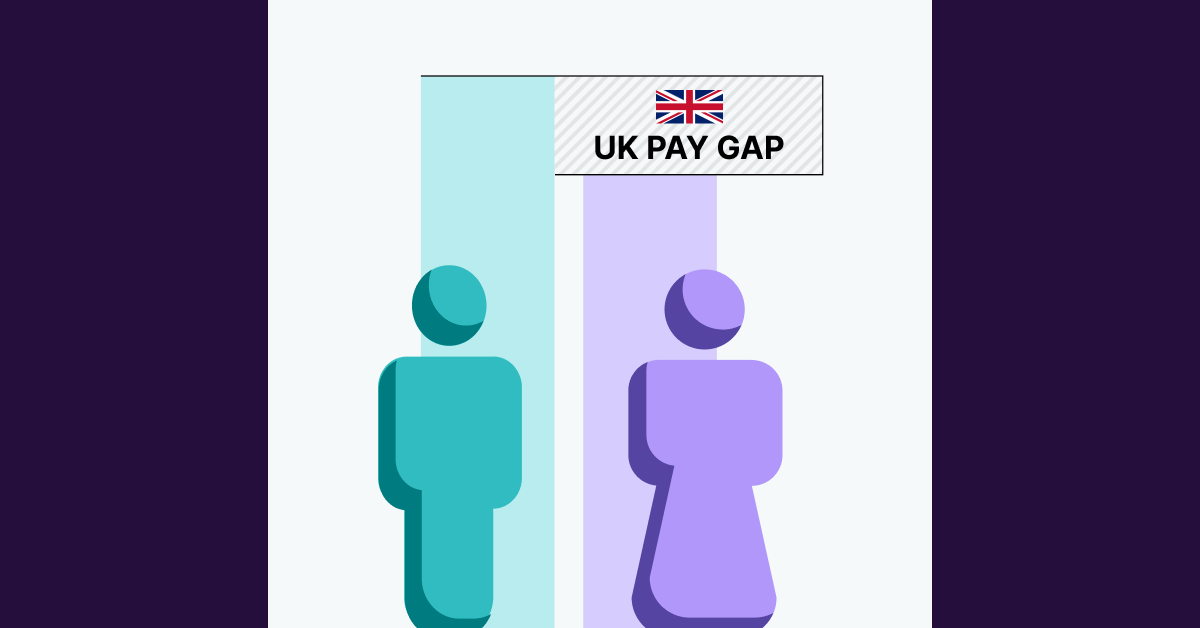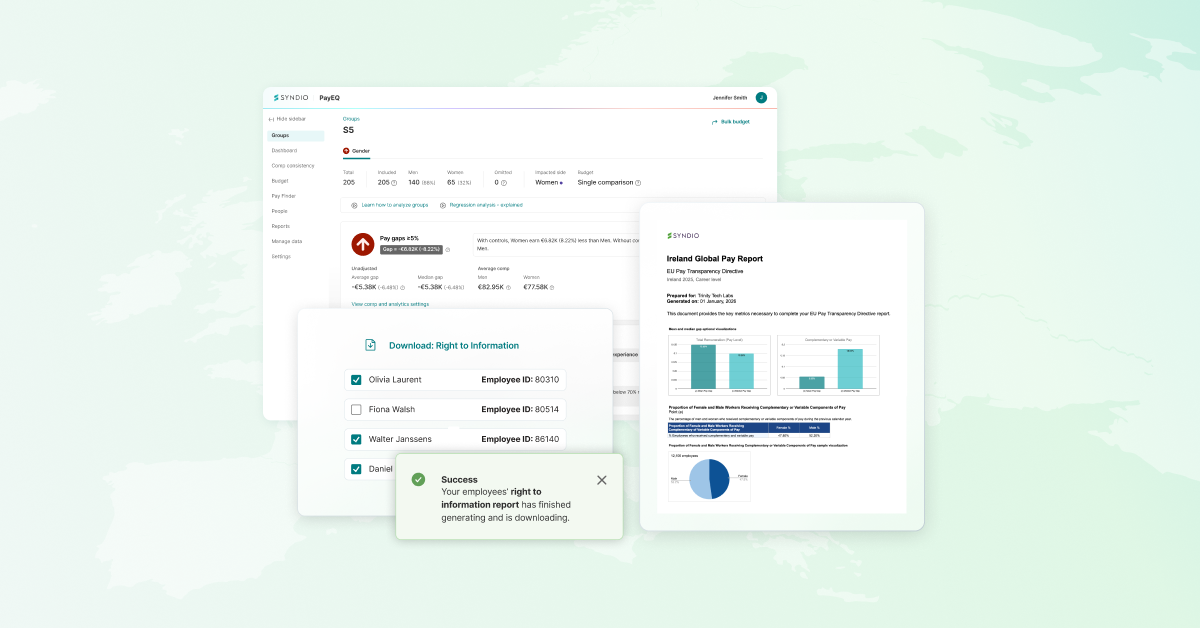At the vast majority of organisations in the UK, women tend to earn less than men, but how does your organisation compare to others?
The gender pay gap in the UK stands at 10.7% in 2023, but the pay gap within an organisation varies by industry and the number of employees. For several years now, the UK government has published the unadjusted pay gaps of organisations with more than 250 employees. This is the best source of data for organisations to get a sense of how their pay gaps compare to others, since reporting this set of statistics — mean and median pay gaps, as well as gaps in receiving bonuses and bonus amounts, and gender demographics by earnings quartile — is required for every organisation with more than 250 employees on a certain date each year. Since the first disclosure in 2017, one study found that there has been a statistically significant 0.2% decrease in mean gender pay gaps reported by firms each year since the policy was implemented, though the bonus pay gap has not changed.
So, how does your organisation’s pay gap compare? Use our benchmarking tool below to find out. You can filter to your company’s size and industry to narrow the comparison to peer organisations.
UK gender pay gap benchmarking tool
The following tool shows the distribution of pay gaps across UK organisations. You can compare either the median pay gap (calculated as the difference in earnings between the person at the middle of the earnings distribution of men and women) or the mean pay gap (calculated as the difference in average earnings between men and women). You can filter by company size and industry, selecting multiple if desired. This will restrict the number of organisations available for comparison, and the number will always show on the chart.
Finally, select the measure you wish to compare (mean or median) and then type in your organisation’s gender pay gap as a percentage. Pay gaps favouring women should be entered as negative values.
What drives the UK gender pay gap?
My colleague Dr. Zev Eigen identifies four root causes of the gender pay gap. Responsibility for two of those causes lies squarely at the doorstep of your organisation.
- The first is pay inequity — or gender-based differences in pay that cannot be explained by neutral, job-related factors. Pay inequities mean women earn less when performing similar work to their male colleagues. This is unlawful, but frequently occurs in organisations when gender bias plays out across a diffuse set of pay decision-makers.
- The second issue within your organisation’s control is opportunity equity. Inequities here occur when women do not have the same access as men do to factors that lead to success and higher earnings in the workplace — like high visibility projects or assignments that can lead to future promotions. Indicators of opportunity inequity here may be visible throughout the employment lifecycle, from hiring to performance ratings to promotions to attrition. I have previously written about how this creates an opportunity gap in the UK, where men are 38% more likely than women to be executives and 35% more likely to be managers.
There are other drivers of the pay gap that are harder for organisations to address as they reflect broader societal inequities. These include a labour market that tends to pay more for male-dominated roles, and norms that continue to place a disproportionate amount of housework and other “invisible labour” on women, allowing men more time and energy to dedicate to their career while women are more likely to work part-time.
How to improve your organisation’s gender pay gap?
The first steps to closing the gender pay gap at your organisation are ensuring equal pay for equal work, and fostering more equitable representation of women in management and leadership roles.
Achieving those outcomes requires that you analyse your workforce outcomes for gender-based differences, then set goals and implement policies that create more equitable outcomes. Syndio’s Workplace Equity Platform allows you to identify and remediate pay inequities, bring consistency to pay decisions to address underlying issues, visualise and benchmark your workforce’s demographics, and track gender-based outcomes throughout key moments of the employee lifecycle like promotions and performance reviews.
Creating a more equitable workforce
Government data on the gender pay gap can show how your organisation stacks up against others, but addressing your gap requires that you think about more than compensation. An equitable workspace — one that supports development, advancement, and earnings growth equally for all employees regardless of their background — requires that you examine issues of pay, representation, and opportunity.
Learn how leading organisations are taking a holistic approach to equity in the workplace in the 2024 Workplace Equity Trends Report.
The information provided herein does not, and is not intended to, constitute legal advice. All information, content, and materials are provided for general informational purposes only. The links to third-party or government websites are offered for the convenience of the reader; Syndio is not responsible for the contents on linked pages.



